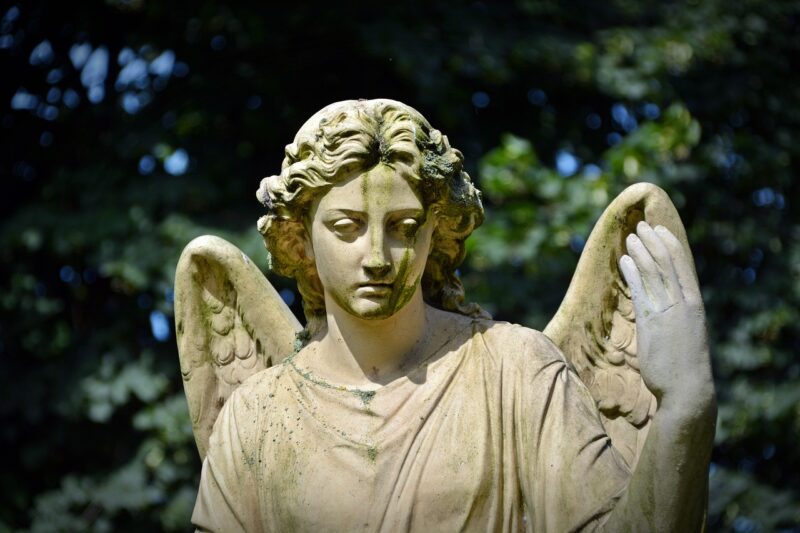The Tale of the Self-Destructing Statue: How a King’s Tribute Became a Hilarious Blunder
November 15, 2024

Art has always been a medium for expression and a way to commemorate significant figures in history. But what happens when a tribute intended to immortalize a king transforms into a comical fiasco? The anecdote of the self-destructing statue serves as a notable example of historical misjudgment and unintended hilarity.
1. The Backstory
In a time when monarchs ruled with absolute power, one such ruler, King Adalberto IV of the fictional Kingdom of Verenthia, decided he wanted a statue erected in his honor. He imagined a grand sculpture that would represent his legacy of strength and wisdom, showcasing him riding a majestic horse, sword raised high in triumph.
The people, eager to please their sovereign, commissioned the task to a well-known, albeit somewhat eccentric, sculptor named Reginald Glimpse. Reginald was renowned for his grandiose designs, but his sculptures were often criticized for their peculiar implementation of modern materials.
2. The Design Challenge
As Reginald gathered inspirations for his sculpture, he wanted it to stand out not just in artistry, but also in functionality. An idea struck him: what if the statue could portray an interactive experience? Eager to integrate technology into his work, he designed the statue to have a built-in mechanism that would create a dazzling display during major events.
Components such as fireworks and smoke effects were integrated into the structure, promising to enchant the crowd as flames erupted and colors illuminated the night sky. It was to be a sight worthy of a king! However, this ambitious concept came with glaring issues.
3. The Unveiling
The grand day arrived when the statue was set to be unveiled amid festivities. Throngs of excited citizens gathered in the palace square, with dignitaries, nobles, and townsfolk anticipating the masterpiece. King Adalberto IV arrived, adorned in his regalia, beaming with pride as he prepared to give a speech.
As Reginald pulled the velvet curtain away, the crowd gasped in awe at the magnificent monument. It was a glorious tribute, but the excitement quickly turned to apprehension. As the sculptor triggered the unveiling mechanism, the fireworks erupted—quite literally.
The carefully crafted effects malfunctioned, causing not just a colorful display, but also igniting the statue’s base. Within moments, the majestic figure of the king became engulfed in flames, rapidly turning into a blazing spectacle that sent shock waves of disbelief among the spectators.
4. Chaos Ensues
Amid the chaos, people streamed out in every direction as the flames surged. King Adalberto IV, horrified, attempted to maintain his composure but ineffectively shouted for order. Rather than reverence and admiration, the event descended into mayhem as laughter and astonishment rippled through the crowd. Some townsfolk took out their phones (a novelty for the time) to capture the absurdity as smoke bellowed into the sky.
The sheer absurdity of witnessing a king’s supposed immortalization transform into a firework display was too much for many, and jokes began to spread like wildfire. “Self-destructing statue? What a way to go!” became a common refrain. News traveled quickly, and soon the fiasco was a topic of conversation far beyond Verenthia.
5. The Aftermath
In the days following the incident, Reginald Glimpse faced a mix of ridicule and unexpected fame. His statue had become a viral sensation, with sketches, caricatures, and tales of the “King’s Blunder” circulating through the kingdom. The image of the statue burning and collapsing became a symbol of both failure and humor.
King Adalberto IV, remarkably, decided to embrace the incident. Instead of punishing Reginald, he ordered the remains of the statue to be placed in the town square as a reminder that even the greatest among us make mistakes. The king himself would often visit, sharing laughs with citizens over the incident.
This blunder taught the people of Verenthia a valuable lesson: that sometimes, earnest intentions can lead to humorous consequences. They learned to cherish both their successes and their failures, creating a bond that could withstand any calamity.
6. Legacy of Laughter
Many years later, the tale of the self-destructing statue evolved into a celebrated story retold at festivals and gatherings, transforming a potentially embarrassing situation into a cultural fixture. Verenthia became known for its spirited approach to mistakes, and what was once a blunder became a cornerstone of comedic folklore.
Today’s citizens reminisce about their beloved king’s tribute to themselves, telling the tale over feasts and sharing laughter, reminding one another that a little humor can go a long way in healing wounds.
Technology has advanced, and while the methods of commendation and preservation have matured, the essence of celebrating human folly endures profoundly. Every memorial stands as a heartfelt homage to the figures it honors, though none may ever match the hilarious mark left by the self-destructing statue, a true icon of Verenthia.
Conclusion
The saga of the self-destructing statue reflects how unintentional humor can illuminate the human experience. It serves as a reminder that in trying to immortalize ourselves, we must accept that nothing is perfect—and sometimes, laughter is the best tribute. So next time you hear about a proposed monument, perhaps spare a thought for what might happen if things do not go as expected!
Embrace the blunders, lead with laughter, and remember: history is often just a series of humorous missteps waiting to be shared.







